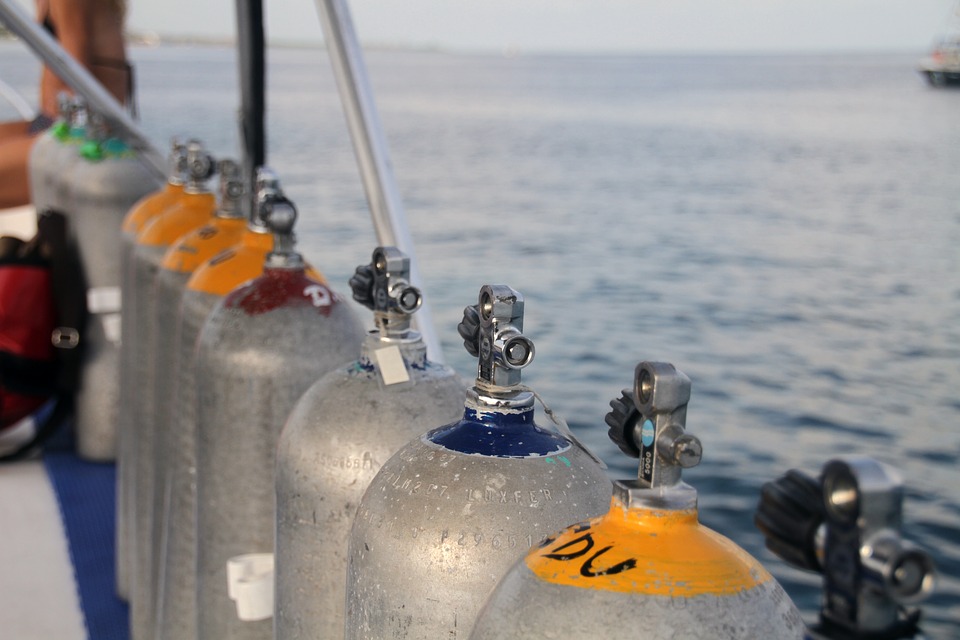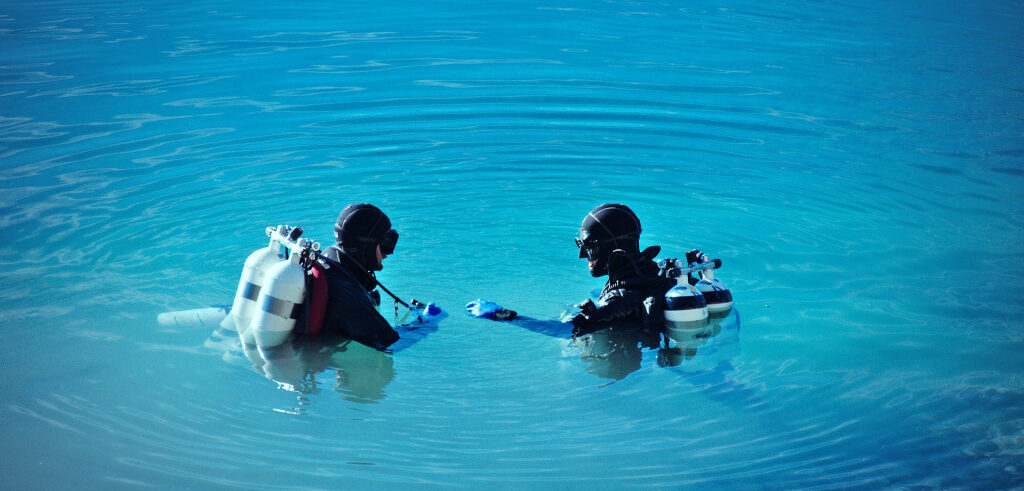Practical tips for maintenance of your diving equipment
It is desirable to know some concrete tips for the maintenance of your diving equipment well and what you need to avoid. By maintaining your diving equipment, you will extend its lifespan. Find out how to preserve it, and how to check it before the new diving season. This will also save you some money on replacements and repairs.
Don’t let your equipment hang
Uncontrolled swinging is harmful to your equipment. This can damage sensitive marine life like coral reefs. Always attach your spare regulator close to your body. It’s best to attach it to your buoyancy compensator. If you are carrying accessories like a mesh bag or rattle. Secure it with a firm hold with buckles or ropes to the D-rings of your compensator.
Do not lean your fins against the wall
They are specially engineered and hydrodynamically designed to increase thrust and reduce load. Leaning your fins on the wall can compromise their shape. To preserve the fins, always keep them flat, with a foot pocket insert. If this is not an option, the other best way to save fins is to hang them on the wall with a heel stabilizer bar.
Do not store wet equipment
This may seem counter-intuitive because the diving apparatus serves to be wet, right? Yes, but so are towels, and after a while, they don’t smell very nice. Bacteria and molds will grow on wet equipment and metal parts can rust. Avoid unpleasant surprises by ensuring that the equipment is completely dry inside and out before storing it.
Do not use petroleum jelly or chemical solvents
Vaseline can damage both rubber and silicone O-rings, and certain chemicals can destroy plastic housings. Only use products designed for your diving equipment. If in doubt, contact your local diving center or the place where you buy your equipment.
Do not wash the wet suit in the washing machine or place it in the dryer.
Instead, soak it in a wet suit cleaner and warm water for a few minutes. Rinse it off and then allow it to dry thoroughly. Wet-suit is not meant for “dressing up”. Small cuts or torn parts can be glued, but if you need short socks or tapering, contact a professional.
An air tank also needs your care
Your diving tank may seem indestructible, but it is still susceptible to damage. When transporting, secure them in an upright position or secure them to the bottom. Protect them from tipping over and rolling. After diving ashore, place your air tank on sand or ground, never throw it away. A sudden stroke can damage the cylinder and valve. If you suspect that the tank is leaking and changing the protective ring does not solve the problem. Take it to a dive center for inspection. Do not attempt to dive with a faulty tank.
Place your diving weights on safe place
Do not leave your weights on a table, bench, or other places where it may slip onto someone’s foot (or other body parts). Place any diving weights in a crate, diving bag or other safe places.
Pay attention to the controller after diving
When rinsing the controller after diving, pay attention to how and where you hold it. By pressing the flush button, when the regulator is not pressurized, water can enter the valves. Which may cause the regulator to need service. Never attempt to disassemble the controller unless you trained to do so. It is a finely tuned piece of equipment. Attempting to disassemble it can void the warranty and cause you some serious problems underwater. Have the controller assembled and repaired by trained professionals.
Do not leave your diving equipment in the sun
The UV rays of direct sunlight will damage the rubber, canvas and neoprene parts of your diving kit. Dry your scuba diving gear indoors or in the shade. For more interesting tips, read our guide for exploring the Earth’s waters.

Thanks for reading!
